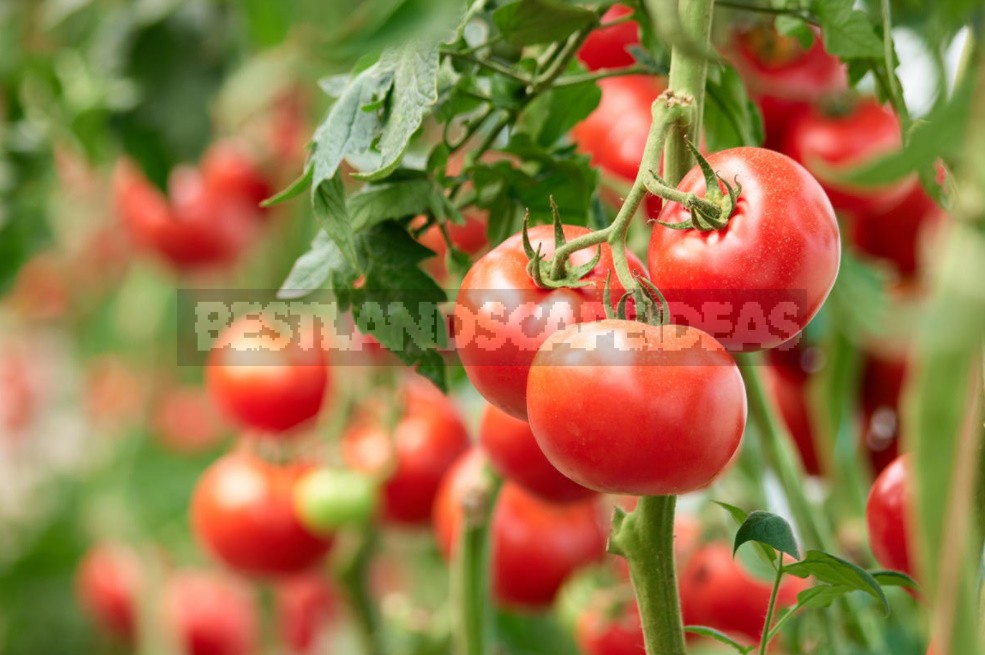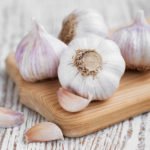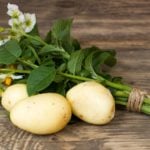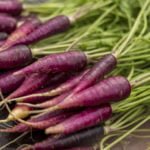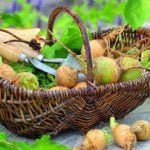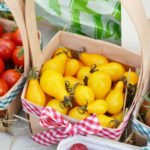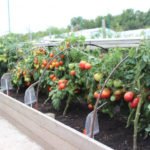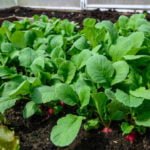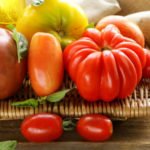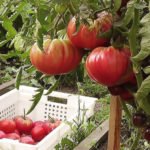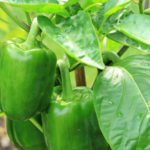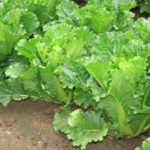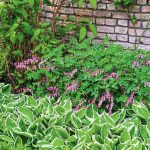All the variety of tomato forms can be divided into two large groups: determinant (undersized) and indeterminate (tall). As a rule, this sign is necessarily indicated on the packages, since it largely determines where (in the beds or in the greenhouse) the tomato will be grown and what are the most important features of caring for it for the gardener.
Features of indeterminate tomatoes
Let’s start with indeterminate tomatoes, as they are the easiest to grow and shape. The bottom line is that the indeterminate tomatoes grows indefinitely, in one stalk, consistently and regularly, laying a fruit brush every three leaves. As a rule, these are tall plants that need a garter, since the tomato stem is fragile, such as a liana.
Thus, from the moment of emergence to the removal of the top, the indeterminate tomatoes grows up all the time. Of course, the stepsons (lateral processes) periodically appear in the leaf axils, but for ease of formation they need to be regularly removed.Then the plant will be very attractive: one stem, and every three leaves – a brush. It should be noted that the brightest and most beautiful fruits are usually formed on indeterminate varieties and hybrids, especially those grown in a greenhouse.
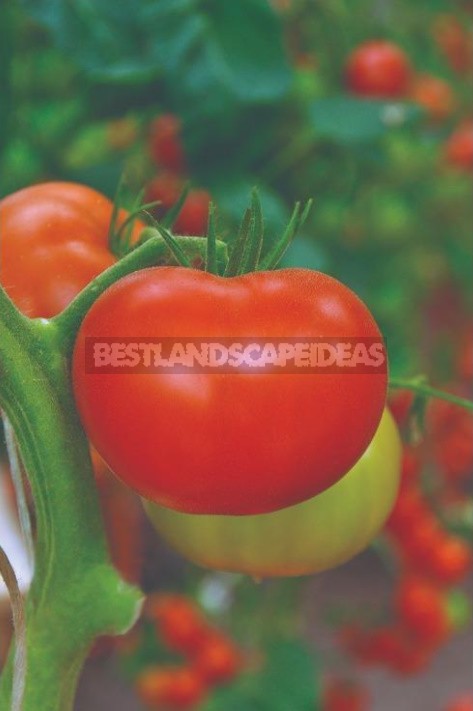
In the indeterminate group, all the most common types are found:
- cherry (5-30 g);
- cocktail (30-50 g);
- small-fruited (60-90 g);
- medium-fruited (100-140 g);
- large-fruited (150-230 g);
- beef tomatoes (from 240 g to 1 kg).
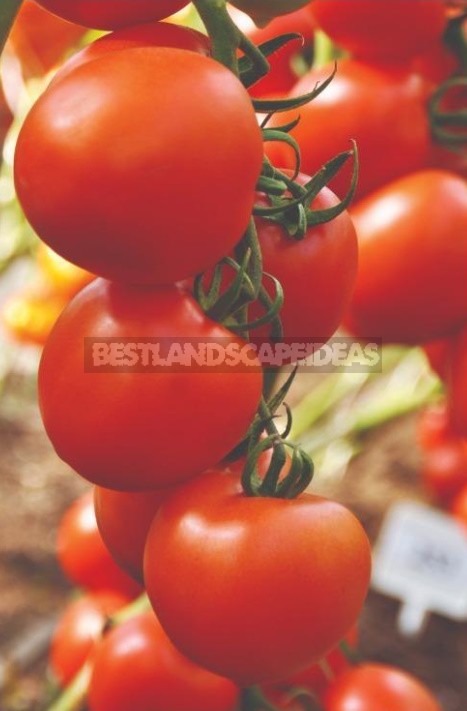
Among the indeterminate large-fruited red hybrids, characterized by excellent taste and suitable for salads, slicing and making juice and pasta. Smooth dense fruits are ideal for marinating, they will also please gourmets with a variety of taste and color of tomatoes, which are stunningly beautiful in cutting.
Features of determinant tomatoes
About determinant tomatoes, we can say that they either do not need to be formed at all, or firmly decide to master this difficult science. Determinant tomatoes initially grow in the same way as indeterminate tomatoes, but at a certain point the plant forms two or three brushes and a leaf in a row – at this point the apical growth stops. If by this time you have already removed all the stepchildren, then the growth of your plant will end, limited to two brushes.
To avoid such a disaster, on plants of the determinant type, only the weak lower stepchildren should be removed, and the two upper strong ones should always be left to continue the growth of the plant. And consistently translate the growth of the plant from one stepson to another. You can also leave 3-4 strong stepsons, remove the rest or do not touch the plant at all. In the latter case, there will be a lot of fruits, but small ones, in the first case, the fruits will be large and in sufficient quantity.
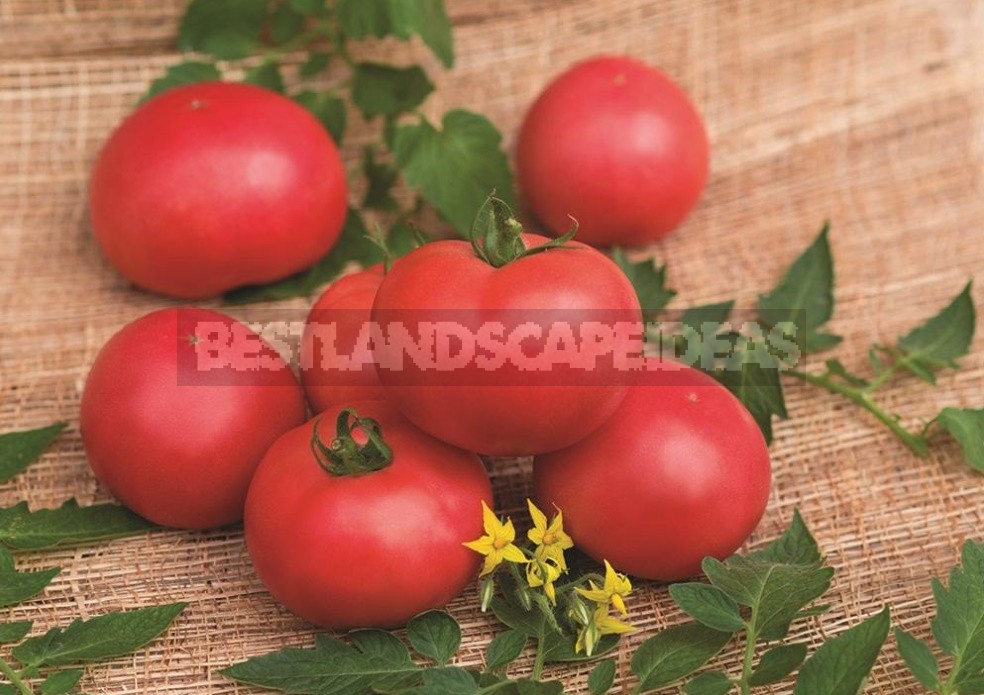
The main advantages of determinant tomatoes are the friendly formation and ripening of fruits. If on indeterminate tomatoes, the brushes ripen in a strict sequence, then in determinant tomatoes, from four to ten brushes can ripen simultaneously (depending on the variety). In the southern regions, determinant tomatoes are sown directly in the field, without growing seedlings, and do not form at all, one-time collecting a good harvest.
The most striking representatives of red determinant hybrids are ultra-early hybrids with delicious dense fruits of universal purpose. They are excellent both in the conditions of ground greenhouses, and in the open ground from the south to the middle strip.
Features of stamp varieties
A separate very interesting group is stamp varieties. The main difference between these varieties is a strong erect stem and dark green compact strongly corrugated foliage. A remarkable advantage of stamp varieties: they do not need to be tied up (except for especially large-fruited ones, since the mass of their crop outweighs the strength of the stem).
The fruits are extremely tasty and fragrant, universal purpose, wonderful for canning.
